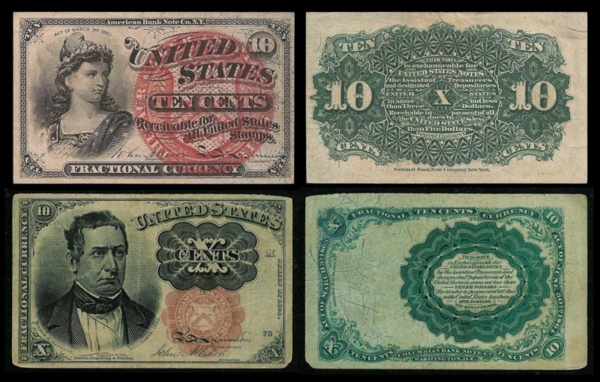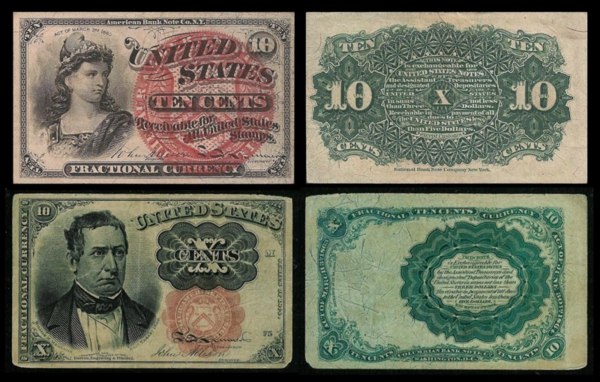Finance
The History Behind Five Discontinued Currencies

It’s easy to take the things we use in everyday life for granted, such as the currencies we use. However, many currencies have evolved over the years due to changing country boundaries, war or volatile economic conditions. In fact a discontinued currency is as common as those that stood the test of time. History provides us with some interesting stories of why certain currencies became extinct, and we have outlined five of these below:
Shekel
The Zionist Congress, held in Basle on August 1897, was one of the most landmark events for Jewish people in the nineteenth century. It resulted in the formation of the Shekel currency and the creation of the World Zionist Organisation, which influenced the origin of the State of Israel. The Shekel had a political and moral value, as well as a monetary value. In 1925 it was unified with other newly introduced currencies, such as the Country and the Mizrahi Shekel, and was thus discontinued as an individual currency. Even though the Shekel is a discontinued currency, it is still the emblem of the Zionist democracy.

Ducat
The Ducat, also known as the Dukat, was a gold coin used in Europe for trading before WWI. It was originally issued by Roger II in Sicily in 1140, and was approved by the royal family in 1556. The currency was discontinued in 1857, and at the time had a value of around $2.
Groat
The first Groat was produced in England during the Middle Ages during the reign of Edward I. The Groat was a thick silver coin and originally weighed 89 grains of wheat. The currency was later reissued in 1351 by Edward III, and weighed 72 grains. The next change came 150 years later when the fineness of the coin increased. The last reissue was made in 1561, but after the sixpenny piece was introduced the currency was discontinued.
Jiaozi
China was the first country in the world to issue a paper currency. The Jiaozi dates back to 960-1127 during the Northern Song Dynasty and was similar to a printed certificate. The circulated volume of the printed currency was so large, that the government created the Office of Jiaozi, which became one of the first banks in China. The paper currency was popular although it was eventually surpassed by round coins with centred square holes.
The Polish Mark
The Polish Mark was the currency of the Regency Kingdom of Poland and the Republic of Poland. However, during the great depression of 1920 the currency became worthless due to aggressive hyperinflation. The gold veneered Zloty was introduced at an exchange rate of 1,800,000 Polish Marks to 1 Zloty, and thus the Polish Mark became a discontinued currency.
Penny Munroe is an avid writer in finance related news and tips. Articles include reviews of the latest currency news to guidelines on Forex trading platforms.
-

 Tech11 years ago
Tech11 years agoCreating An e-Commerce Website
-

 Tech11 years ago
Tech11 years agoDesign Template Guidelines For Mobile Apps
-

 Business6 years ago
Business6 years agoWhat Is AdsSupply? A Comprehensive Review
-

 Business10 years ago
Business10 years agoThe Key Types Of Brochure Printing Services
-

 Tech8 years ago
Tech8 years agoWhen To Send Your Bulk Messages?
-

 Tech5 years ago
Tech5 years ago5 Link Building Strategies You Can Apply For Local SEO
-

 Law5 years ago
Law5 years agoHow Can A Divorce Lawyer Help You Get Through Divorce?
-

 Home Improvement6 years ago
Home Improvement6 years agoHоw tо Kеер Antѕ Out оf Yоur Kitсhеn































